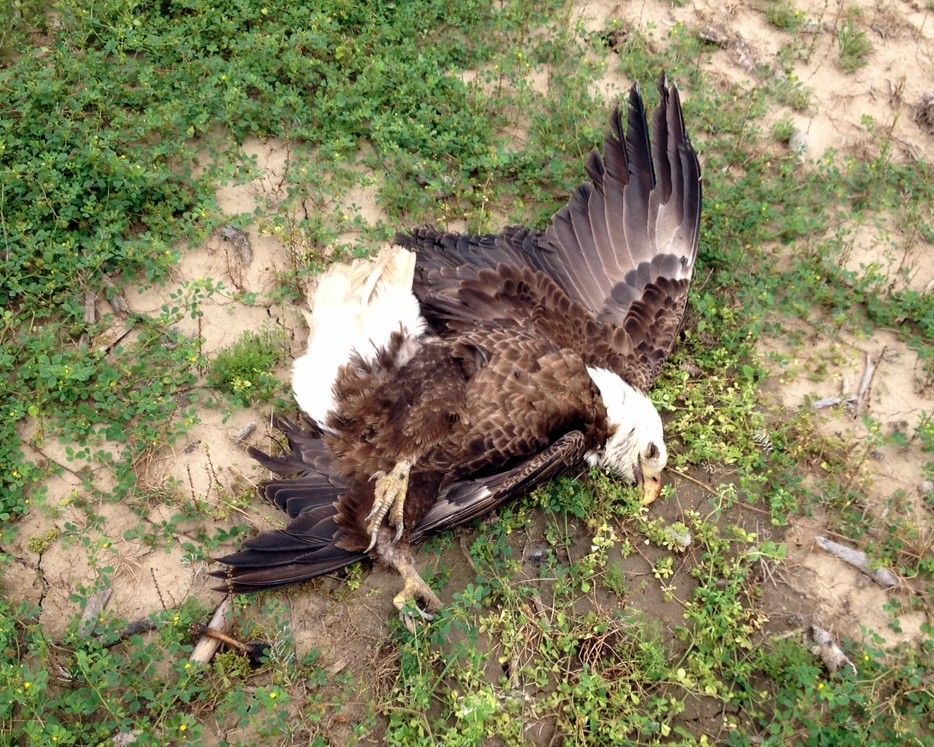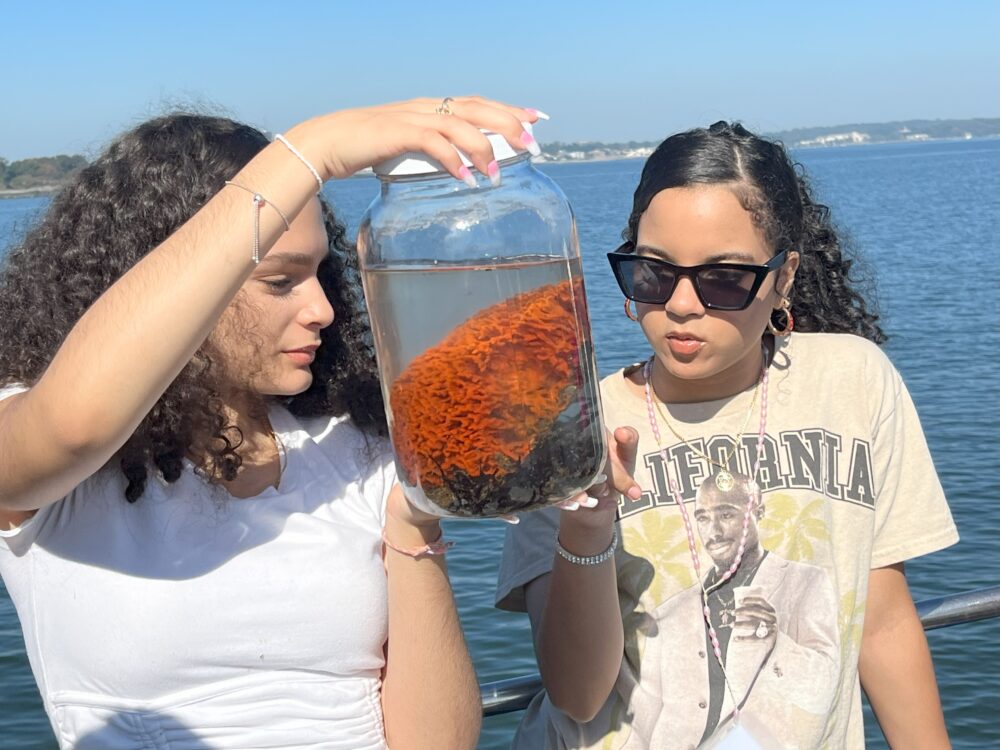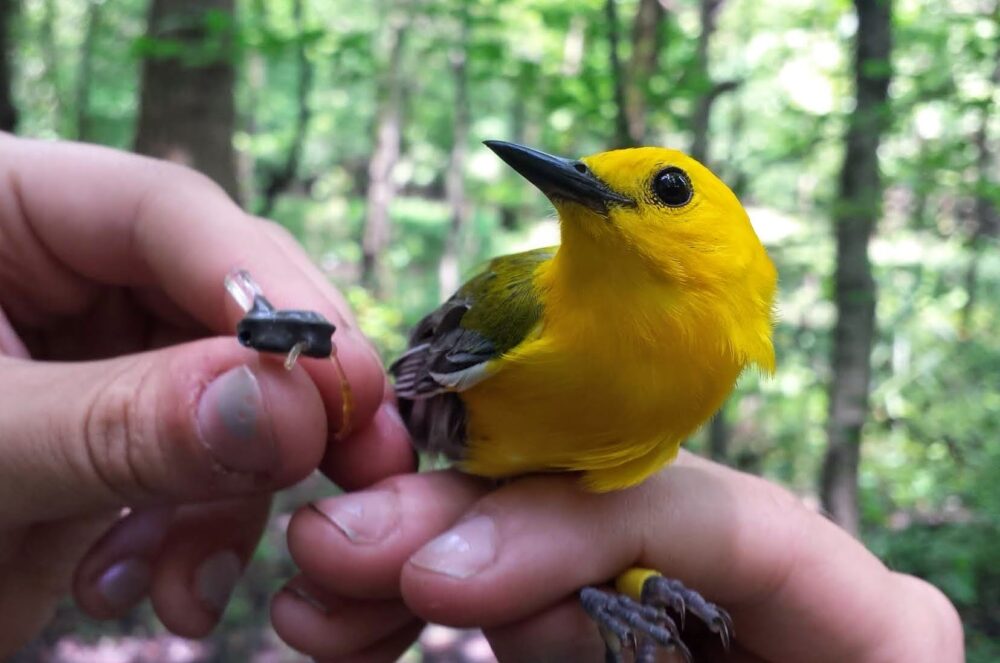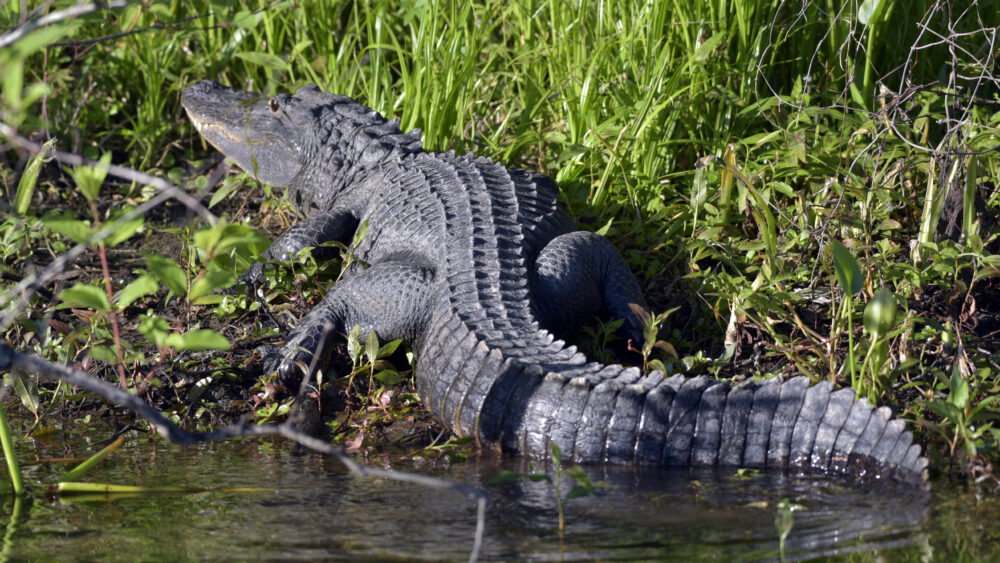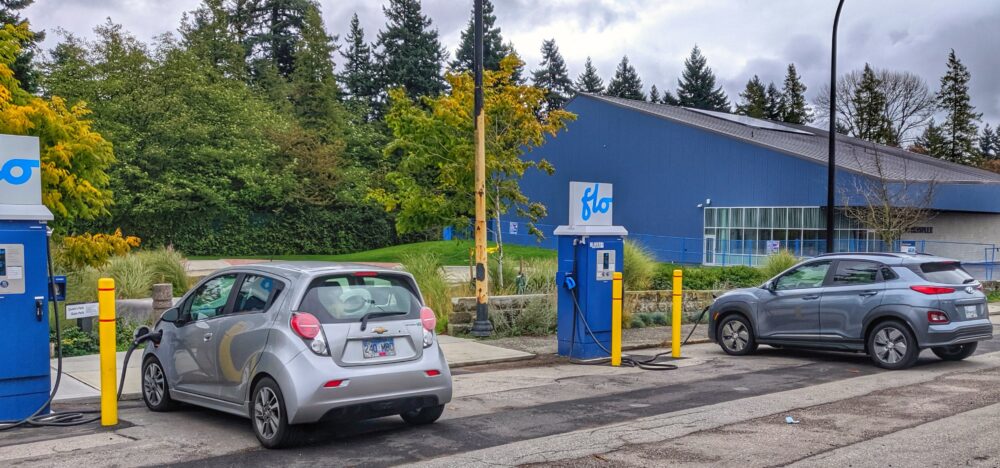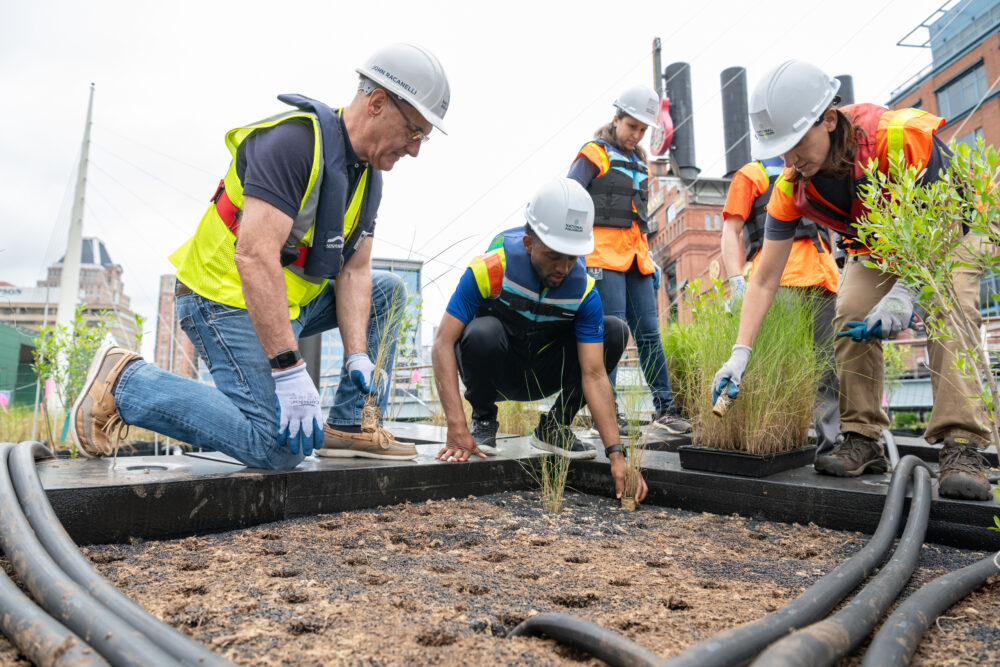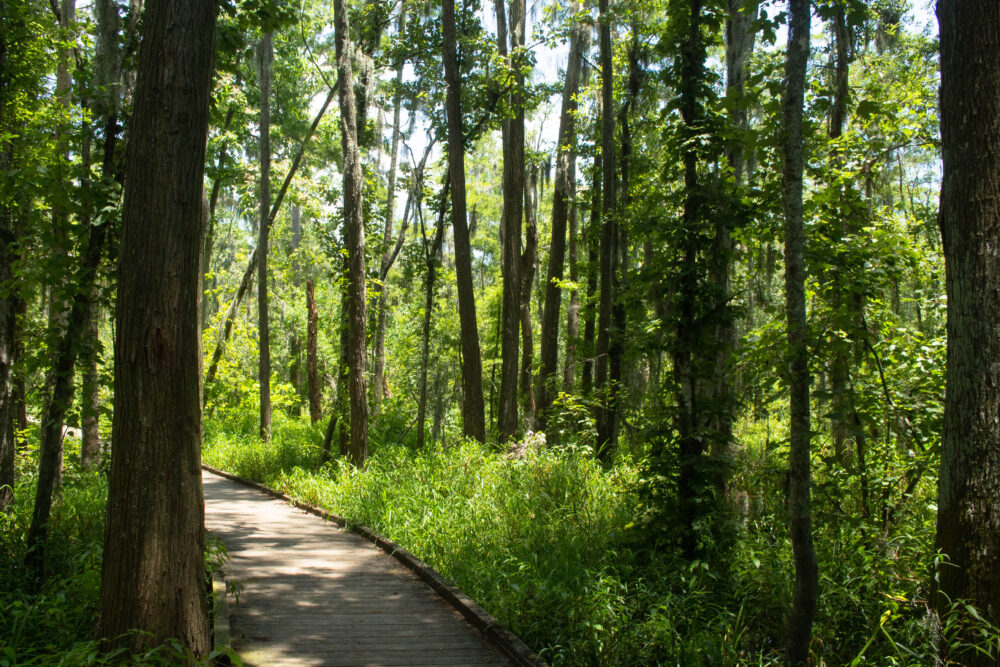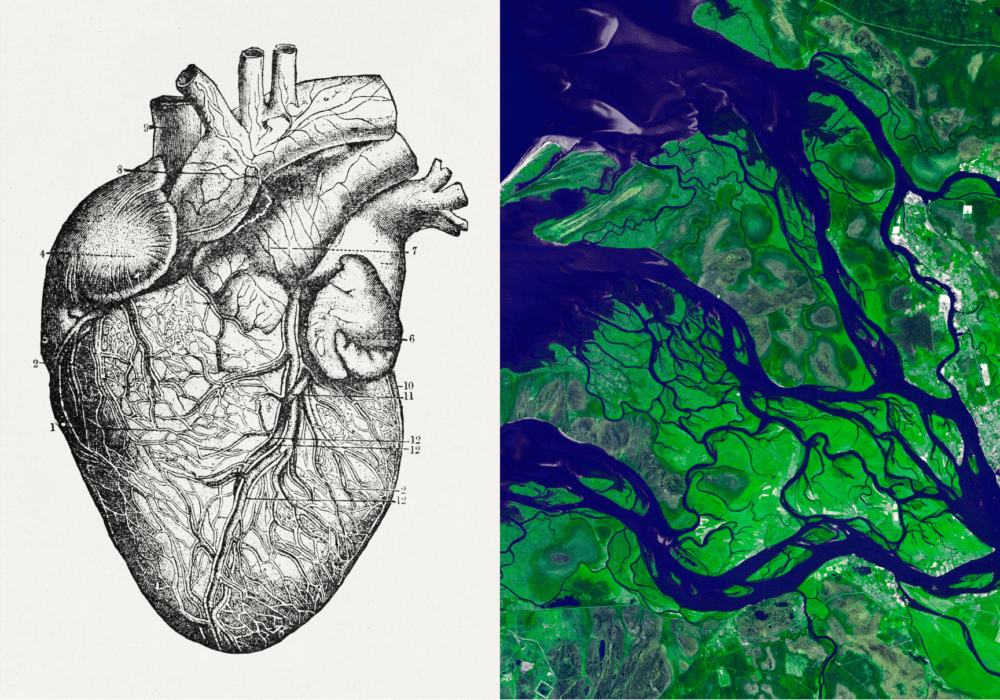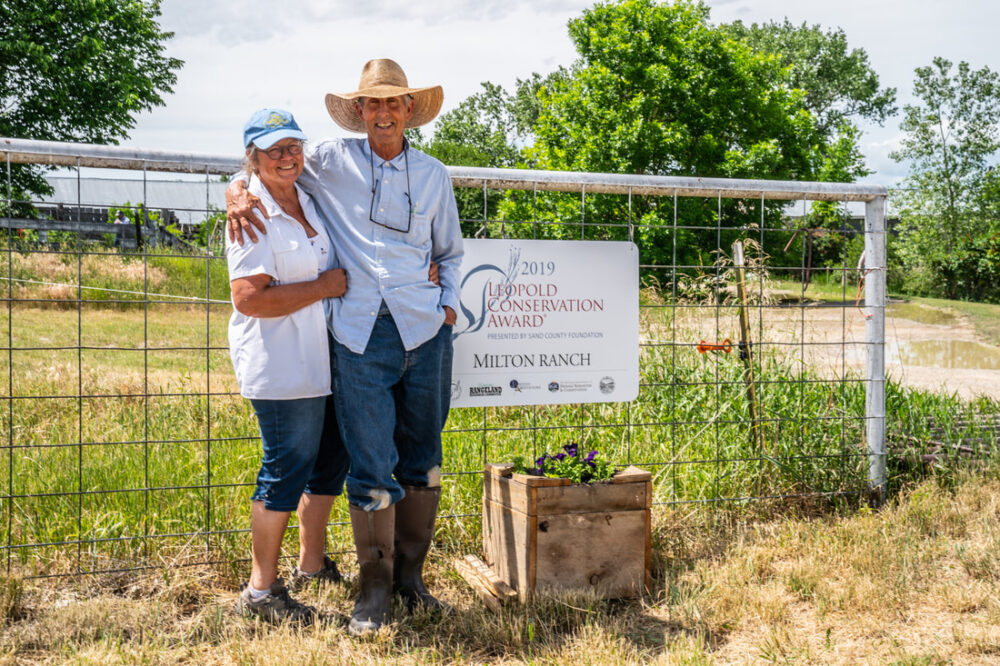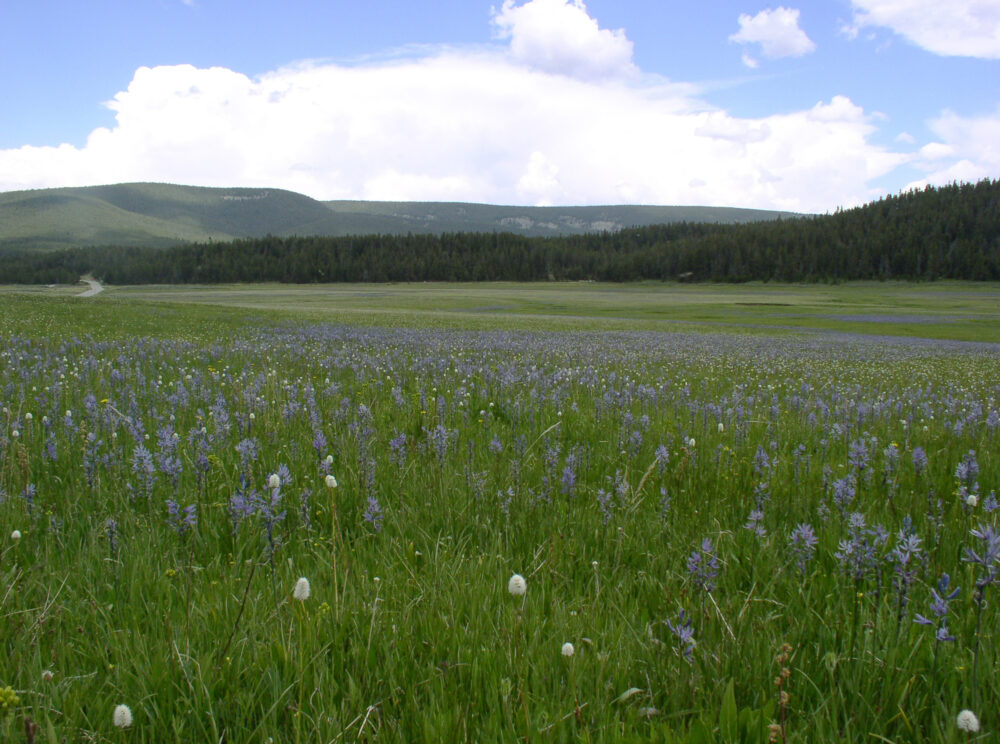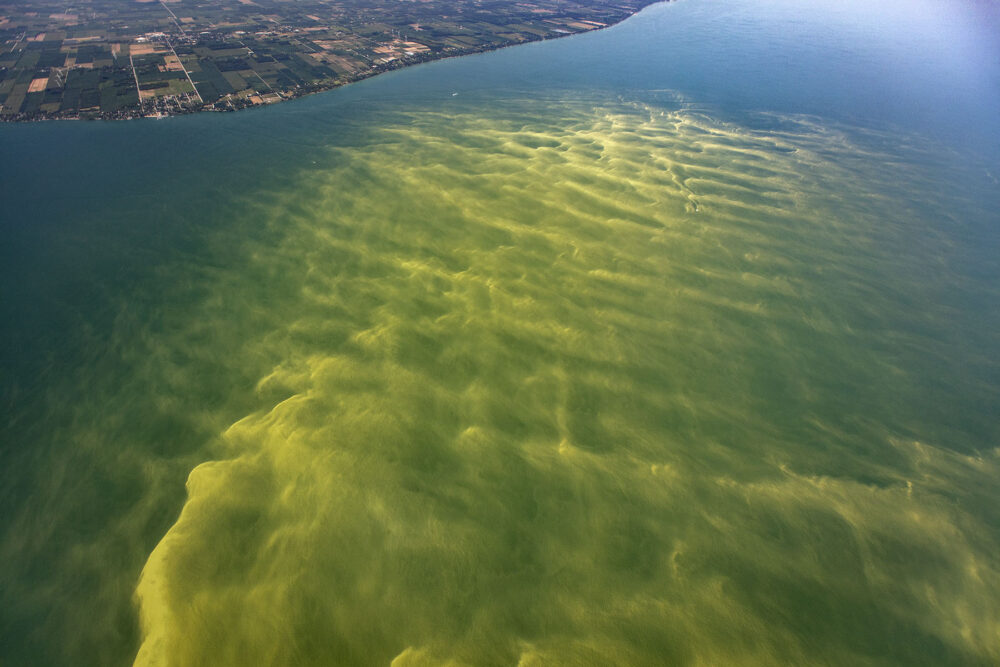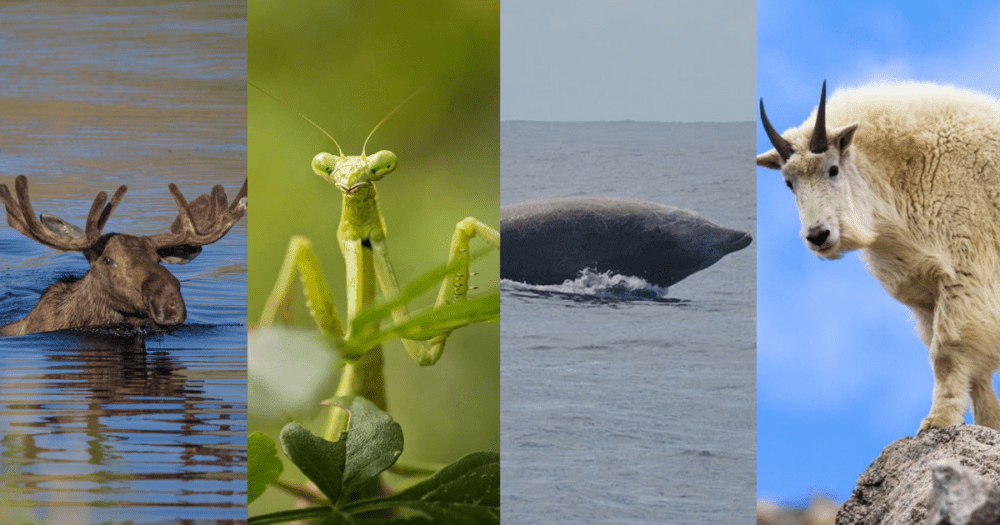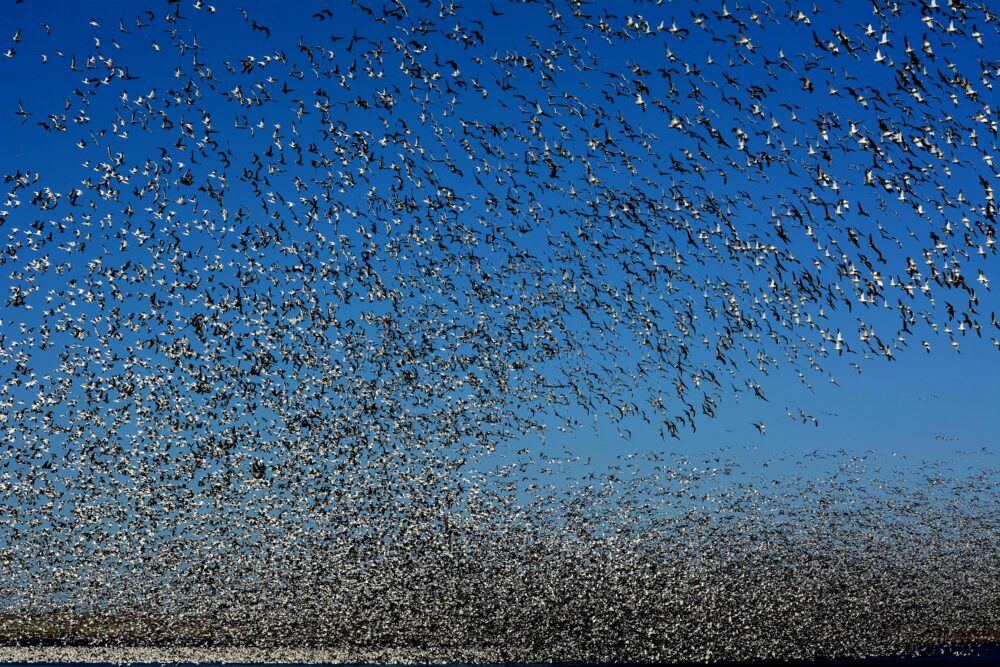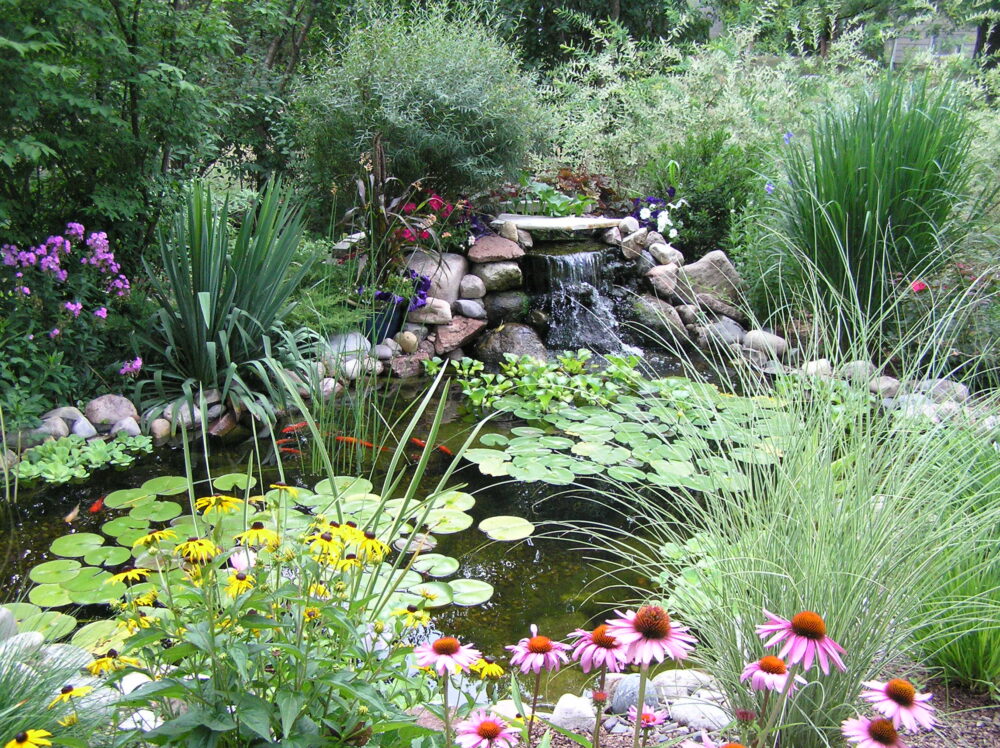We have much more to do and your continued support is needed now more than ever.
Bison Get More Room to Roam on Fort Peck
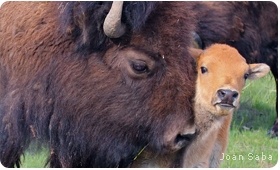
This week, the Sioux and Assiniboine Tribes of the Fort Peck Reservation have reached another conservation milestone–after being held in a temporary surveillance corral for the past four months while fencing for a larger enclosure was specially crafted, the 61 bison adults and their 21 calves will be able to freely roam within a 2,200-acre pasture.
These are the first wild Yellowstone bison to be restored to the Great Plains. Later this fall, an additional 5,120-acre pasture will be opened to the bison, allowing them access to more than 7,000 acres of their native habitat.
Bison are one of America’s most iconic species, a symbol of the West, and a vital part of our nation’s wildlife heritage. Their return to Fort Peck is a critical step forward in returning the animal to important parts of its historic range across the West. Building on this victory, NWF is working with the Wind River Tribes of Wyoming and other tribes to restore wild, genetically-pure bison. To accomplish this goal, we need your help. Together, we can bring wild bison back to the tribes and public lands, restoring them to their rightful place on America’s western landscape.
Learn more about our work at nwf.org/tribalbison

